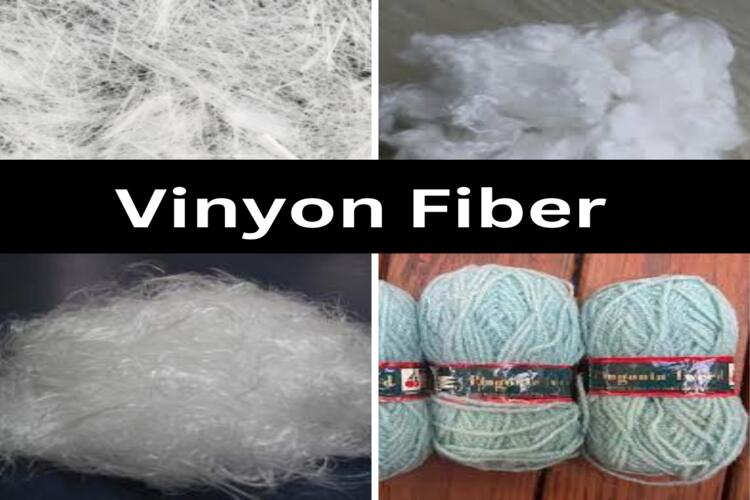History of Vinyon fiber
Vinyon was a Union Carbide trademark for special polyvinyl chloride fibers mixed with Acrylonitrile, and this was called Vinyon N. Afterward, different types of PVC polymers and copolymers, also named Vinyon, were introduced. In the 1950s, the Federal Trade Commission (FTC) started using the term “vinyon” to generally describe PVC fibers.
Properties of Vinyon
Vinyon dissolves in chlorinated hydrocarbons and aromatic solvents but doesn’t dissolve in water, alcohols, concentrated acids, and alkalis. When it burns, vinyon gives off a green flame and releases HCl. The cross-section looks irregular, like polygons, circles, or dogbones. The strength ranges from 0.7 to 3.0 g/denier, and it can stretch from 12% to 125%. Unfortunately, there’s no information about moisture regain. It softens at a Melting Point of 52°C, and the Density can vary between 1.38-1.43 g/ml.
Advantages of Vinyon
- High chemical resistance.
- High-water resistance.
- Do not burn.
- Their easy dissolution in numerous organic solvents restricts their potential applications.
- PVC-Rhovyl is the market name for pure polyvinyl, whereas vinyon HH is a copolymer.
Disadvantages of Vinyon
- Vinyon will melt in low temperatures.
Use of Vinyon
- children’s clothing
- blankets
- draperies
- carpeting
- fishing nets
- twines
- outdoor furniture.
You may also like:
- Types Of Yarn
- Identification of Textile Fibers
- What is Jute Fiber? Properties, Advantages and Disadvantages.
- What is Hemp Fiber? Properties, Advantages and Disadvantages.
- What is Ramie Fiber? Properties, Advantages and Disadvantages.
- What is Sisal Fiber? Properties, Structure, and How It Made?
- Pina Fiber: History, Properties, Production Process
- Coir Fiber: Properties, Production Process and Advantages
- Rayon Fiber: History, Properties, Advantages and Disadvantages
- Acrylic Fiber: History, Properties, Advantages and Disadvantages
- Nylon Fiber: Properties, Advantages and Disadvantages
- Silk Fiber: History, Properties, Production Process
Share this Article!

